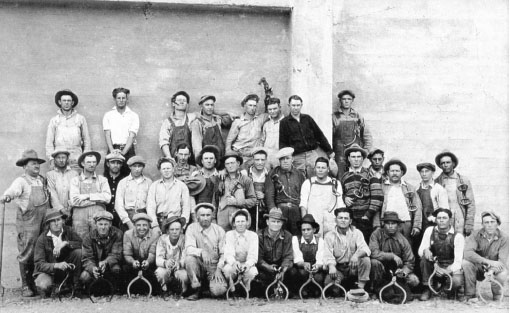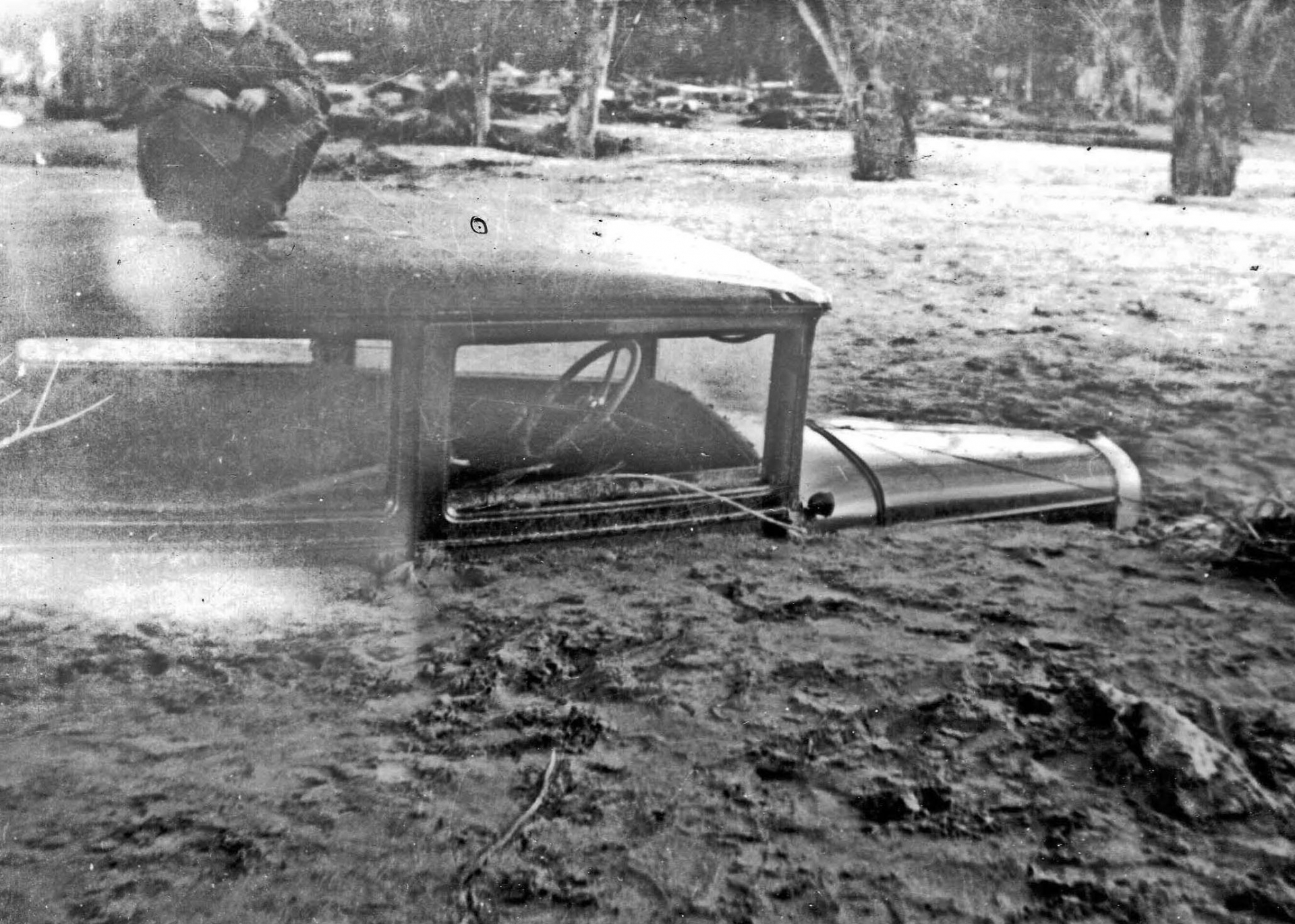Overview
The South Colton Oral History Project was a study sponsored by California State University, San Bernardino’s Pfau Library and California Humanities. It was led by researchers Dr. Tom Rivera, Frank Acosta, and Henry J. Vásquez with the purpose of documenting life in South Colton, a 1.3 square-mile ethnically segregated Mexican American community within the city limits of Colton, California, in the time period from 1890 to 1960.
Up until the mid-1950’s South Colton residents were isolated from the larger, more economically and politically powerful part of the city. Their presence in the northern part of Colton was prohibited after 8pm, they had to abide by separate seating in the town’s two theaters, were not allowed to purchase houses in North Colton, and had no voice in the city’s governance.
In 1954, the United States Supreme Court decision in Brown vs. Board of Education declared school segregation unconstitutional. In addition to its impact on desegregation of schools, the decision’s major effect was that it promoted civil rights legislation in many other aspects of life throughout the country. For Colton, the period following the 1954 court decision marked the beginning of the integration of South Colton residents in the schools and housing of North Colton. It marked a time when South Colton residents began participation in Colton City council and school board races. This helped bring a close to decades of exclusion from school and city governance. It opened employment opportunities with the city and its fire and police departments.
Though today North Colton is fully integrated, South Colton remains a predominantly Mexican heritage community. However, it no longer possesses the number and diversity of businesses that made it a self-sustaining community prior to 1960. Gone are its bakeries, restaurants, gas stations, furniture store, barbershops, cleaners, and a bullring. Gone is the State’s second largest swimming pool, built by an enterprising South Colton resident in response to the fact that South Colton’s residents were only allowed limited use of a North Colton pool. Not only are most South Colton businesses now gone, so is much of the knowledge of life during the study’s time period. There is scarce documentation of what the community was like in the past and no written information about its people, the discrimination they endured, and the everyday nature of their lives.
The researchers for this project sought to capture the knowledge that does remain, by interviewing and recording oral history interviews with life-long residents of the area. This collection of recordings is managed, preserved, and made accessible to the general public by the Pfau Library’s Special Collections & University Archives.
For additional information on the project/collection view the slideshow presentation
By Dr. Tom Rivera
Photographs
A selection of historical photographs of South Colton have been digitized and are available below.
Oral History Interviews
Recordings of the oral history interviews from the project that were conducted with life-long residents of South Colton are being digitized, transcribed, and made available online via CSUSB ScholarWorks.









